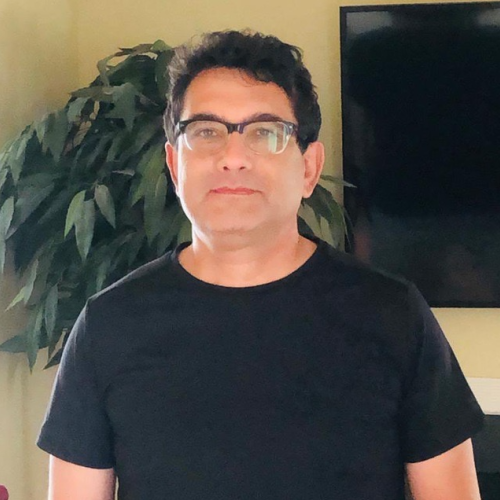Medical Physics Certificate
Medical Physics
University of Florida
2016

Medical Physics
University of Florida
2016
Medical Physics Residency
Yale University School of Medicine
2015
Theoretical Physics - Topological States of Matter
Sharif University of Technology/Indiana University
1997
Theoretical Physics - Cosmology, String Theory and Quantum Field Theory
Sharif University of Tech.
1992
Engineering
Iran University of Science and Technology
1989
I am interested in multi-scale modeling of radiation-matter interaction spanning over atto- to milli-seconds, and hours to years post-radiation, with spatial scales from fermi (dimension of nuclei, proton/neutron) to nano-meter (dimension of DNA) and micro-meter (dimension of a cell, normal or cancerous) and finally to human tissues. I dig into fundamental principles in nature from high to low energies including processes involving QCD, QED, that allow calculating Klein-Nishina, Moller, Bhabha, ... scattering processes, ... the weak nuclear interactions responsible for electron capture, positron emission, ... down to condensed matter, complex systems, fractal geometry of tumor cells, and classical description of charged particle energy deposition (e.g., Bethe-Bloch stopping power) to understand the underlying collective phenomenon interplaying optimization and control of clinical outcomes in nuclear medicine, therapeutic, and medical imaging techniques. A variety of phenomena that span over E&M or nuclear couplings to the hydrodynamics of shock-waves and non-equilibrium plasma physics. Along this path, we may discover some non-trivial phenomena such as the formation of the super-critical state of nano-cavities and nano-scale shock-waves by passage of heavy charged particles subsequent by the spontaneous emission of Cherenkov photons due to the sudden collapse of cavities (see my recent publications), as at this stage, the experimentalists in the medical physics community are capable of detecting these effects. To this end, my research tends to be translational medicine and requires multi-disciplinary synergy with chemists, biologists, clinicians, mathematicians, and computer scientists (e.g., to develop machine learning and artificial intelligence, AI, techniques). Currently, I am working on several topics on developing radiobiological and radiochemical models for FLASH-radiotherapy, in particular lower cognitive reduction post radiation, using neural network theories such as Hopfield and Hodgkin–Huxley models, ... and you are more than welcome to join my group at Howard University in these exciting projects.
Several years of experience working as a clinical medical physicist in radiation oncology departments in CT and NJ.
Award from the French Government to visit the Department of Physics of Universite Paul Sabatier in Toulouse as a visiting scientist
One year PhD research study as exchange student
Read: European Physical Journal | EPJ D Highlight - Optimising proton beam therapy with mathematical models
We present a microscopic formalism that accounts for the formation of nano-scale bubbles owing to a burst of water molecules after the passage of high energy charged particles that lead to the formation of “hot” non-ionizing excitations or thermal spikes (TS).
Spikes of high temperature and pressure are created in the vicinity of heavy ions, especially at the Bragg peak. The expected subsequent thermoacoustic effects are however not well understood. In particular, the distribution of the densely packed primary interactions has not been considered in molecular dynamics (MDs) simulations or shock wave solutions. In this work, we derive a dedicated model to describe the primary interactions and their radial distribution, applicable to the modeling of acoustic and thermodynamic effects at the nanoscale
We employ a multi-scale mechanistic approach built upon our recent phenomenological/computational methodologies to investigate radiation induced cell toxicities and deactivation mechanisms as a function of linear energy transfer in hadron therapy. Our theoretical model consists of a system of Markov chains in microscopic and macroscopic spatio-temporal landscapes, i.e., stochastic birth-death processes of cells in millimeter-scale colonies that incorporates a coarse-grained driving force to account for microscopic radiation induced damage.